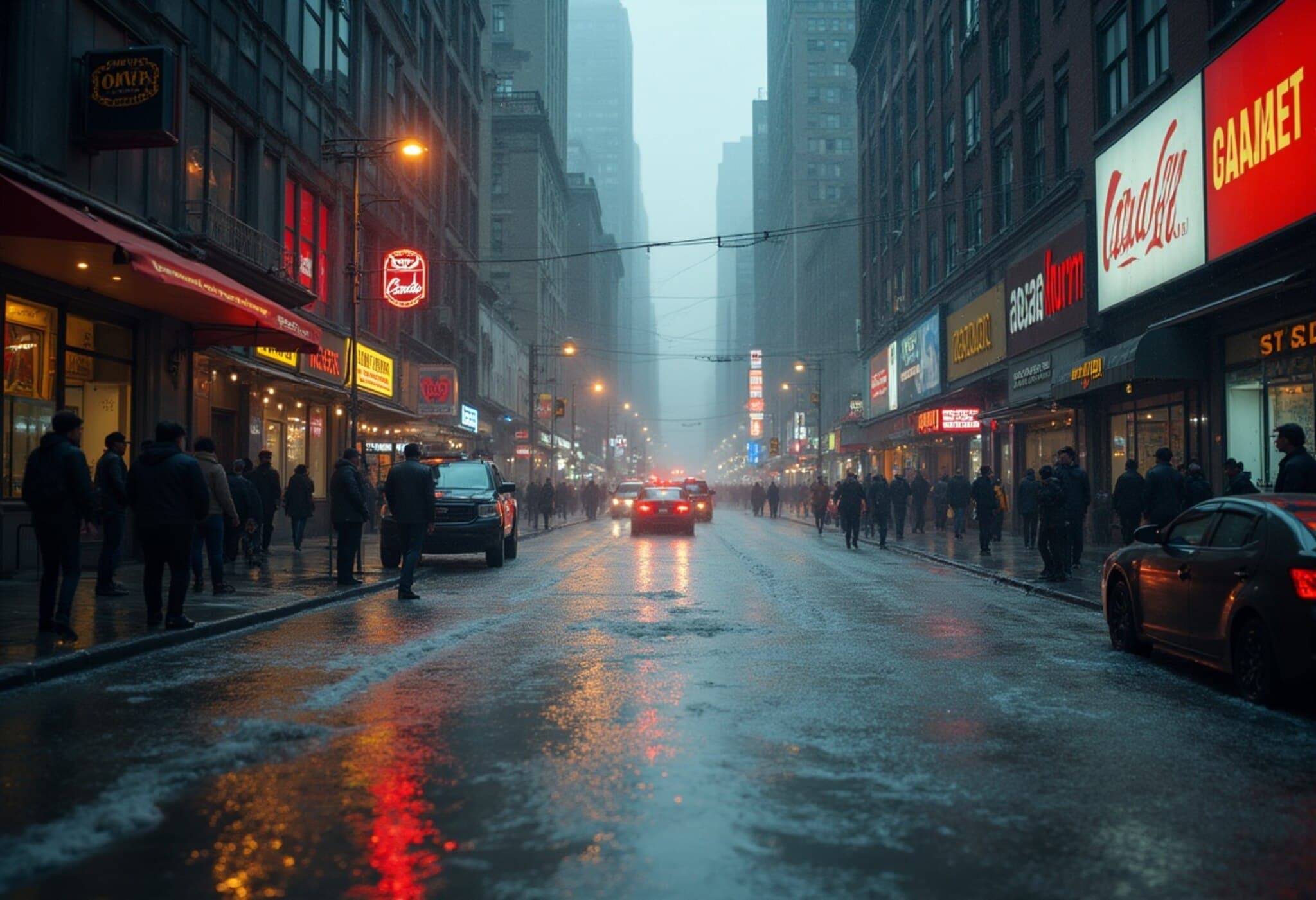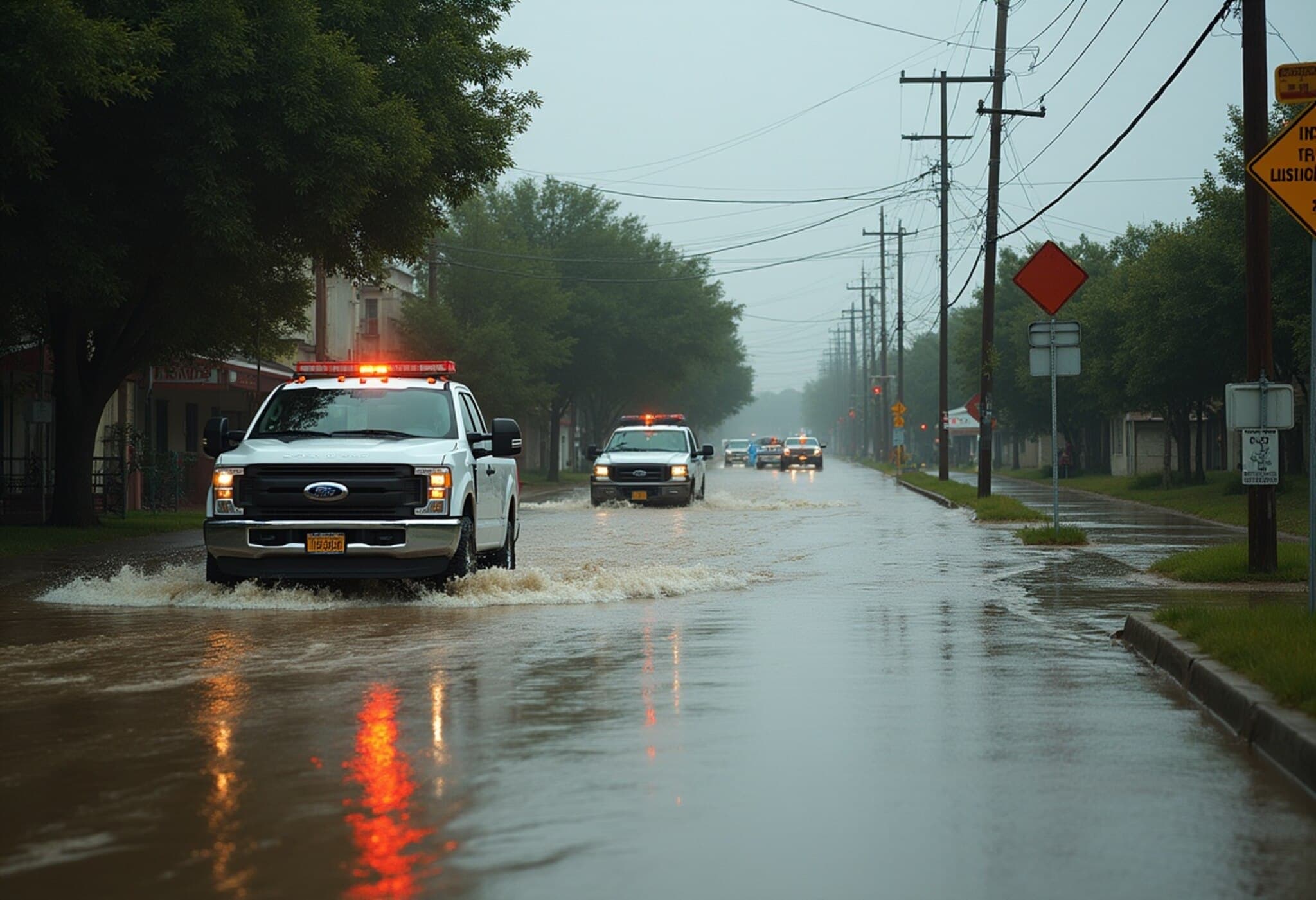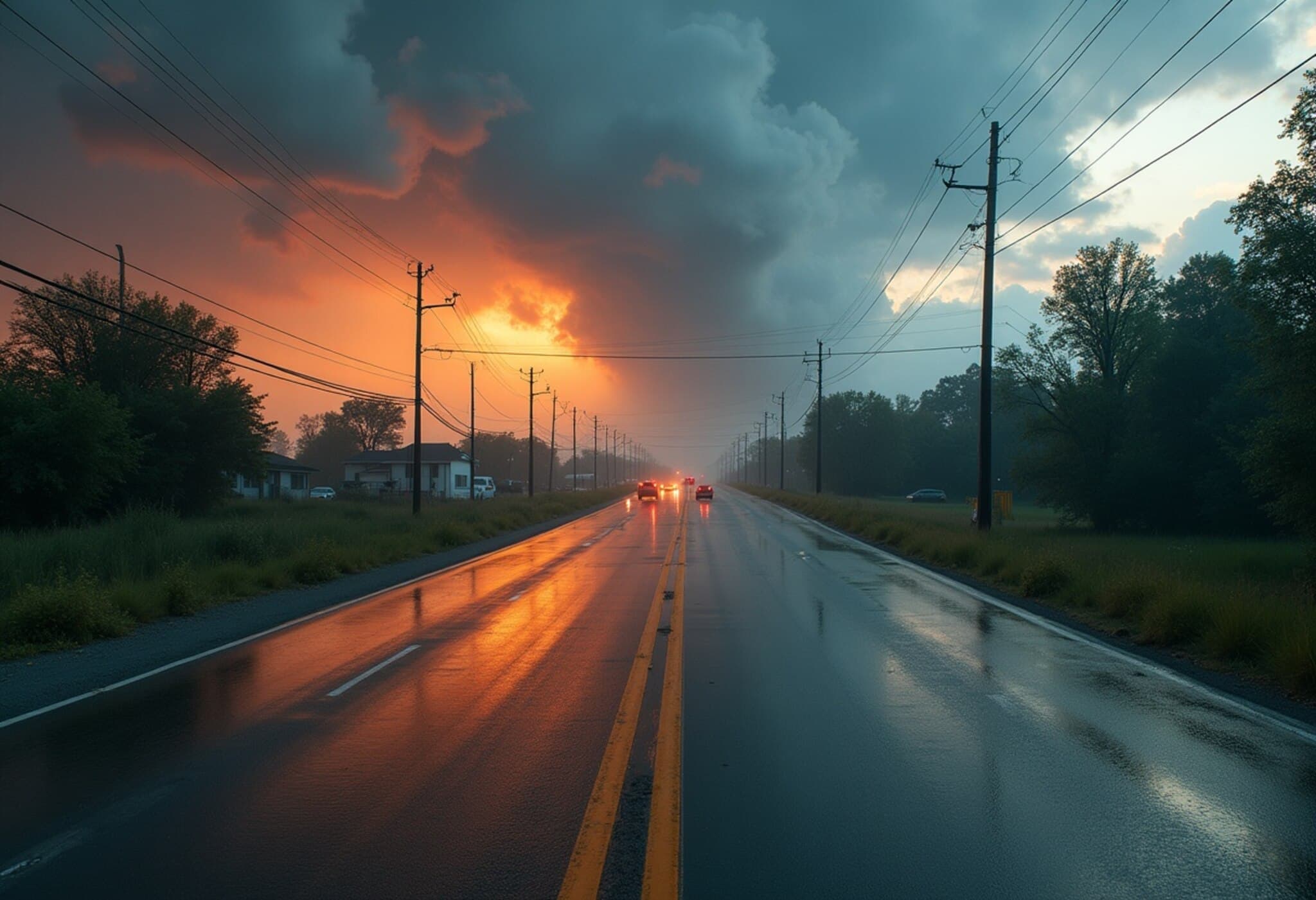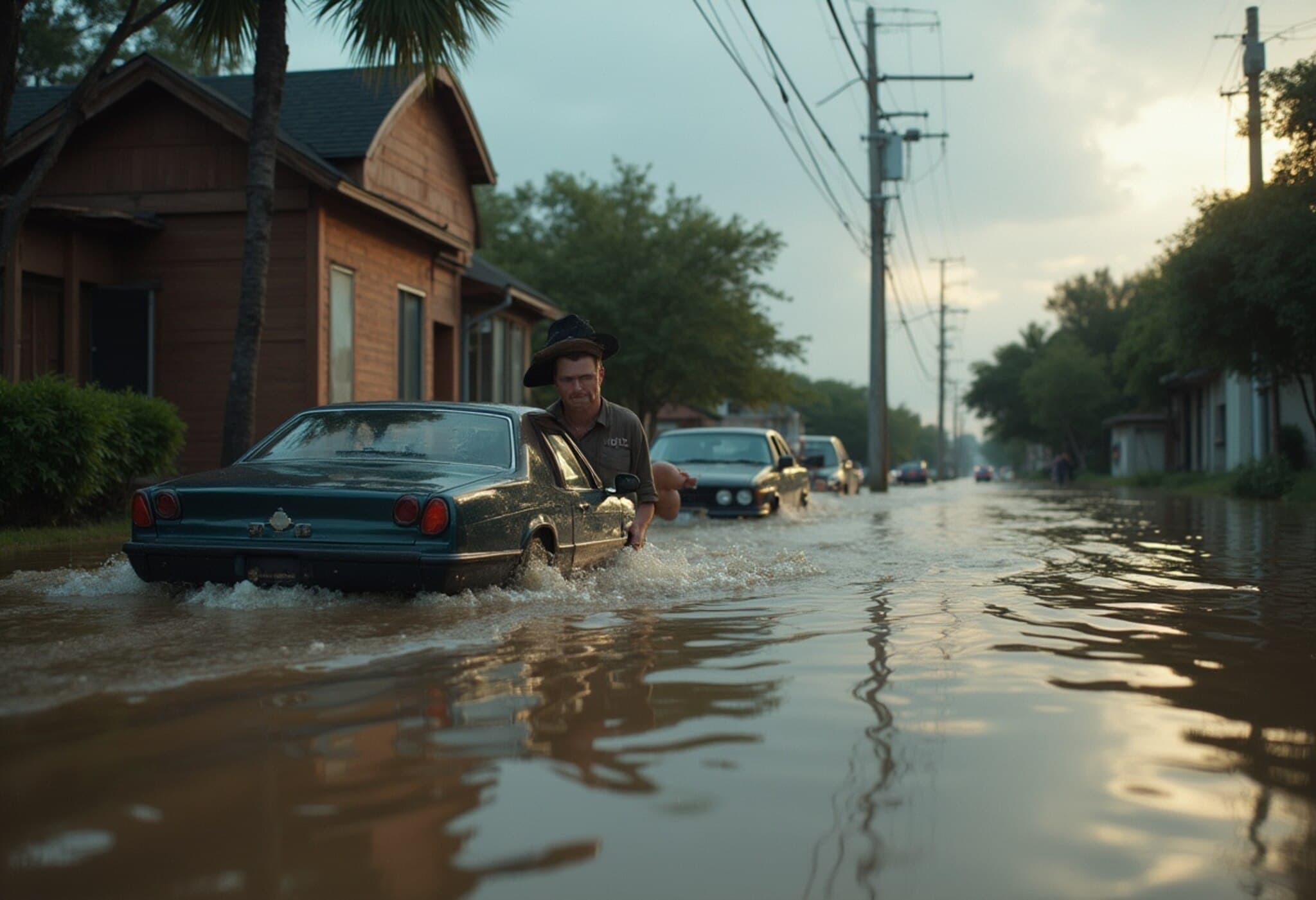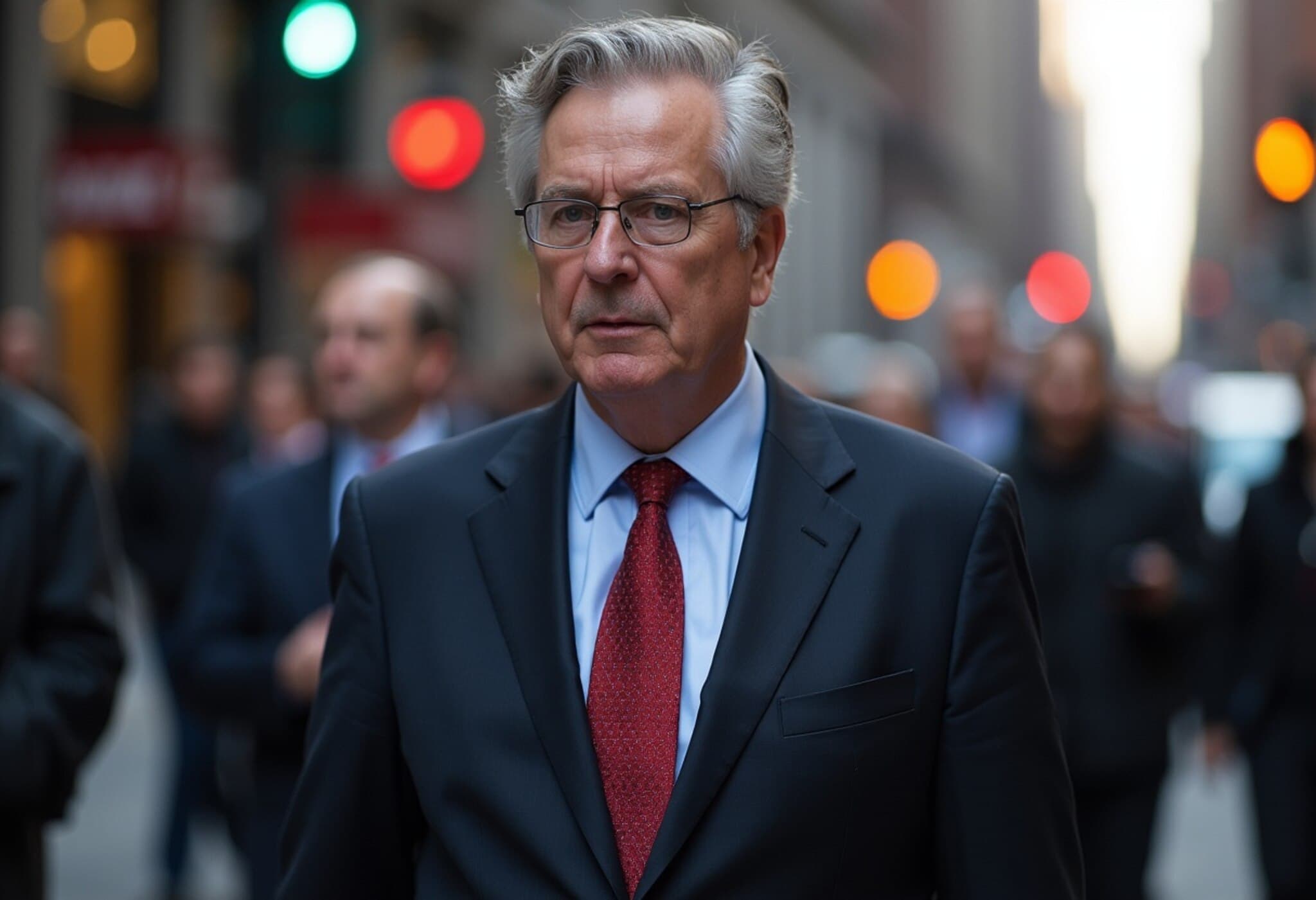Severe Storms Trigger Life-Threatening Flash Flooding Across New York and New Jersey
On July 15, 2025, a potent storm system unleashed heavy rainfall over New York City and northern New Jersey, resulting in widespread flash flooding and significant disruptions to transportation infrastructure.
Emergency Declarations and Safety Warnings
The National Weather Service (NWS) for the New York City metro area issued urgent flash flood warnings affecting millions, describing the situation as life-threatening. In response, New Jersey Governor Phil Murphy declared a state of emergency, urging residents to avoid unnecessary travel and prioritize safety.
"Please stay indoors and avoid unnecessary travel. Stay safe, New Jersey," Governor Murphy said as the storm raged on.
At-Risk Communities on Alert
New York City Emergency Management specifically alerted residents living in basement apartments—a vulnerable group in flood scenarios—to remain prepared for a rapid evacuation to higher ground. Officials cautioned about the unpredictability of flash floods, especially overnight, when residents might be less aware of emerging hazards.
Rainfall Totals and Impact on Transportation
- Rainfall measurements: Staten Island received 1.67 inches of rain, while Manhattan’s Chelsea neighborhood recorded 1.47 inches by early evening.
- Airport disruptions: LaGuardia Airport and Newark Liberty International experienced multiple flight cancellations and delays, with John F. Kennedy Airport reporting possible issues later that night.
- Roadway closures: The Cross Bronx Expressway was closed in both directions near Macombs Road due to standing water. Additional delays were reported on the FDR Drive and Harlem River Drive.
- Public transit emergencies: Flooding severely disrupted subway services in Queens, prompting active rescue operations. The Staten Island Railway suspended all train services on both lines amid inundation.
Expert Insight: Infrastructure Vulnerability and Climate Context
Urban flooding episodes like this underscore the increasing vulnerability of city infrastructure to extreme weather events exacerbated by climate change. Experts emphasize the urgent need for multimodal mitigation strategies, including smarter stormwater management systems, resilient public transit design, and real-time emergency response coordination.
Dr. Lisa Hernandez, a climate resilience analyst at Columbia University, observes, "Events like the July 15 storm serve as a stark reminder that urban centers must enhance preparedness not just to protect lives but to sustain critical services during increasingly intense weather phenomena."
Unseen Challenges and Questions Ahead
While official updates focus on immediate hazards, several underreported issues merit attention:
- Socioeconomic impact: Basement-dwelling residents often represent lower-income communities who face disproportionate risks and recovery challenges.
- Long-term infrastructure strain: The cumulative toll of recurrent floods may degrade transit systems and roadways, escalating repair costs and contributing to insurance and housing affordability crises.
- Policy and funding gaps: How effectively will policymakers translate this event’s lessons into actionable investments? Equitable distribution of resources remains critical.
Conclusion
The July 15 flash flooding event in New York and New Jersey not only disrupted daily life but also highlighted broader questions about urban resilience in the face of a changing climate. It calls upon city planners, policymakers, and residents alike to rethink how communities can better anticipate, prepare for, and adapt to such increasingly frequent episodes.
Editor’s Note:
Flash floods can strike with little warning, often exposing vulnerabilities in urban infrastructure and social equity. This storm serves as a vital moment to evaluate emergency readiness, prioritize vulnerable populations, and accelerate innovative solutions that blend engineering, community engagement, and climate adaptation. As extreme rainfall events become more common, sustained commitment to resilient infrastructure and inclusive planning is essential to safeguard the metropolitan fabric of New York and its neighboring states.

